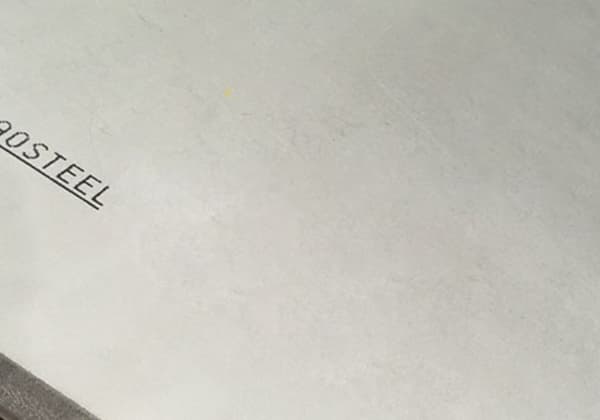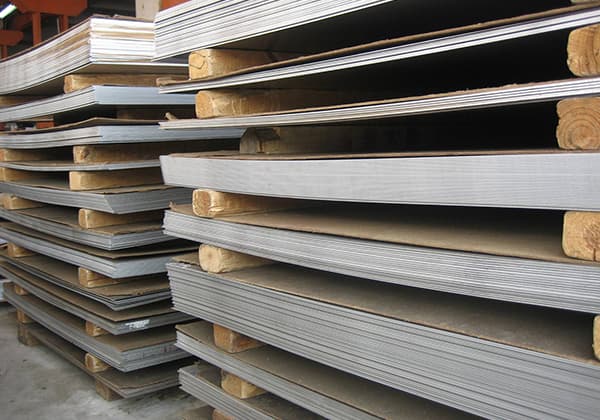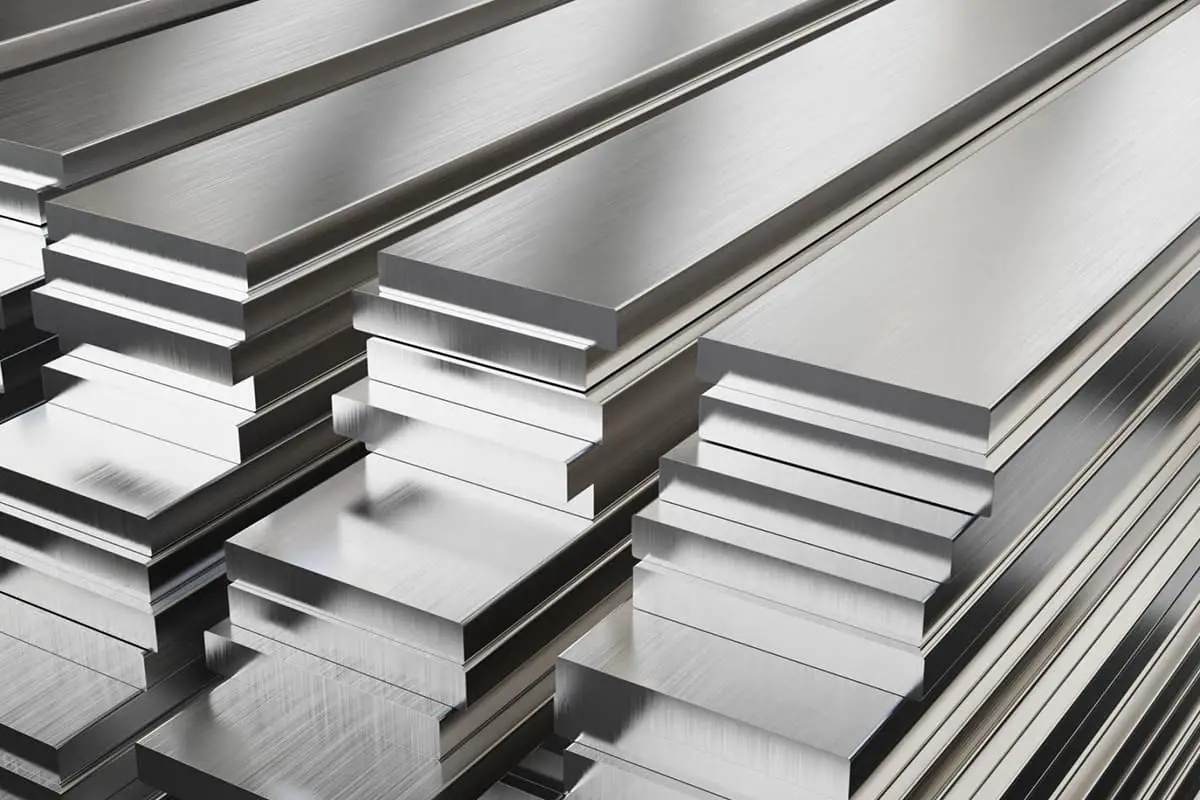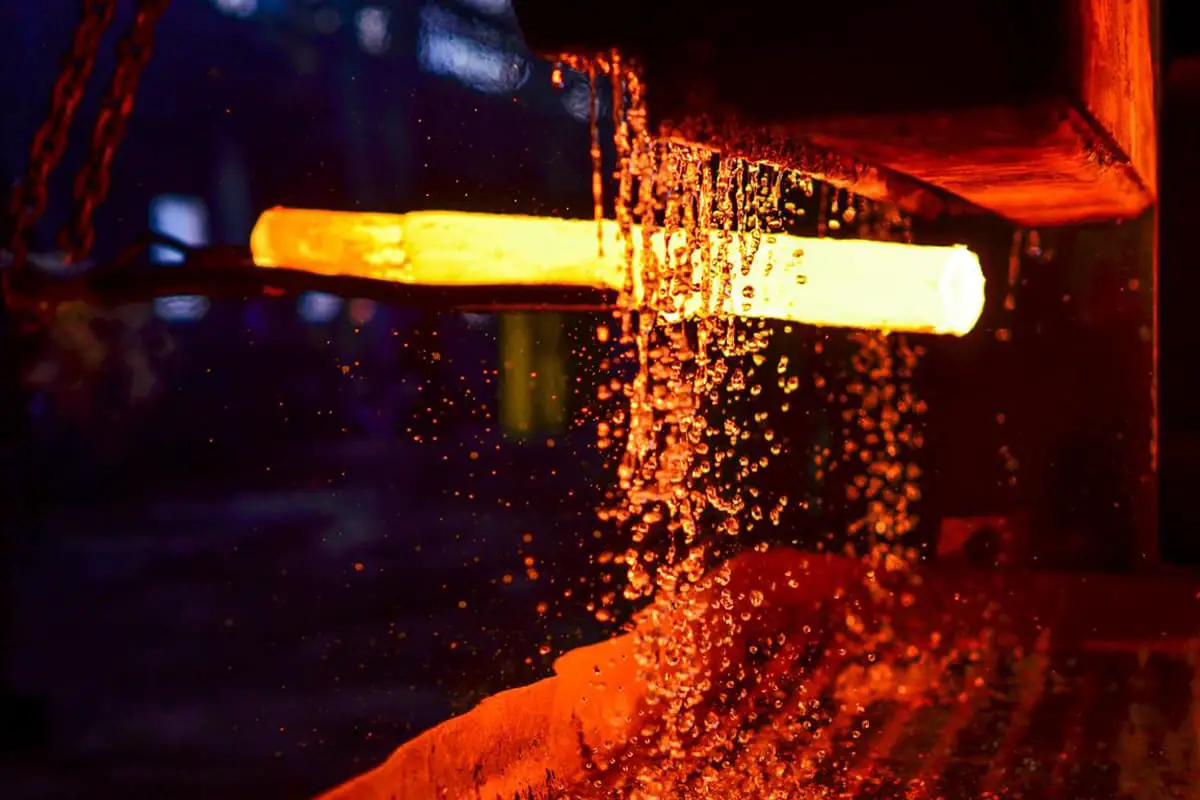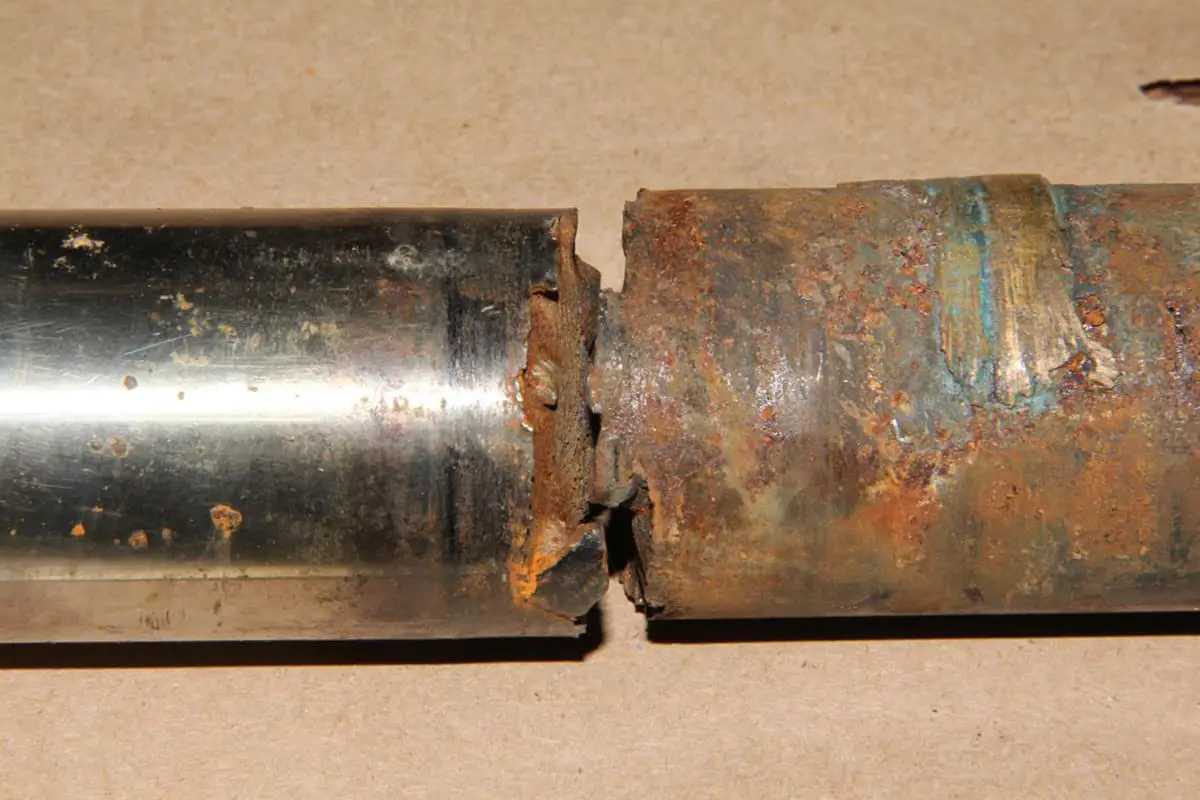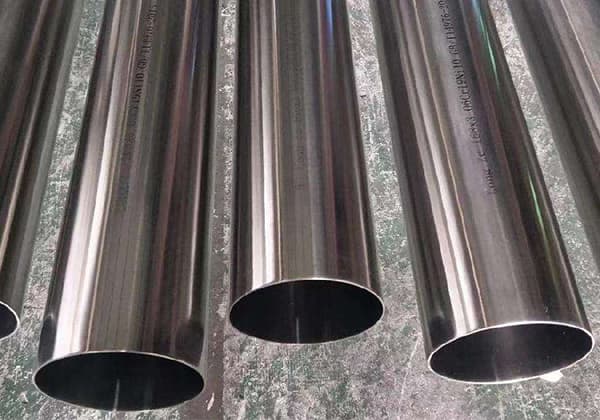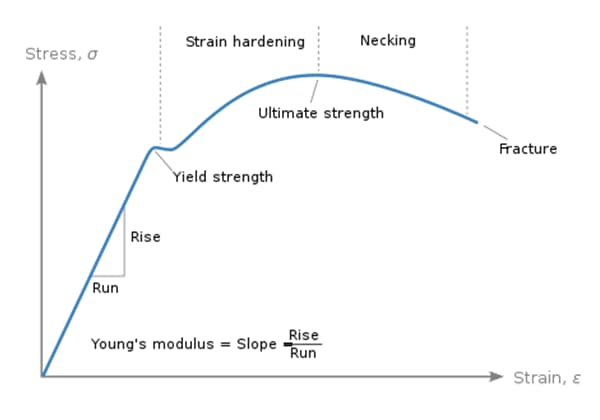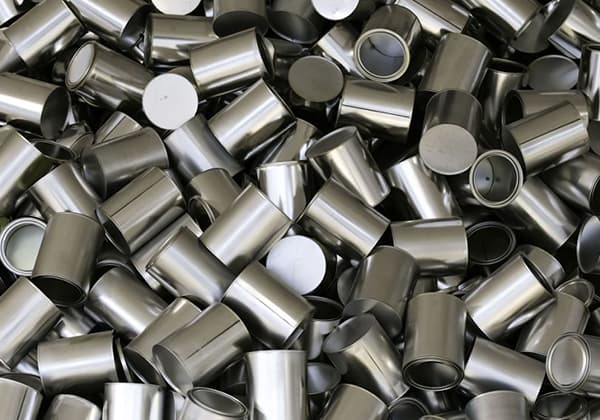
What makes stainless steel sheets essential in various industries? From kitchen appliances to civil engineering, these versatile materials offer corrosion resistance, strength, and durability. This article explores the types of stainless steel sheets, including their unique properties and applications. Readers will gain insight into how these materials enhance product longevity and efficiency across different sectors. Dive into the world of stainless steel sheets and discover why they are a cornerstone in modern manufacturing and construction.
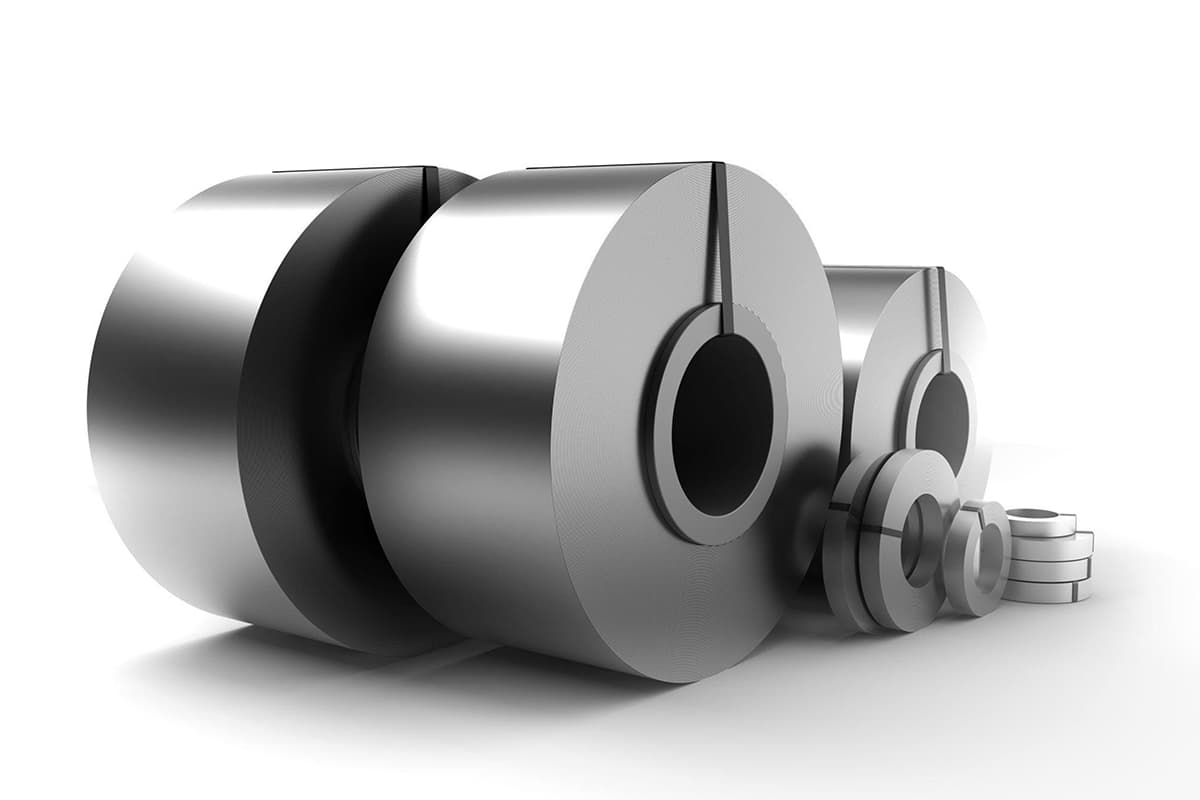
Hot rolled stainless steel sheets are produced using the hot rolling process. Sheets with a thickness of less than 3mm are considered thin, while those thicker than 3mm are considered thick.

These sheets are used in the manufacture of corrosion-resistant parts, containers, and equipment for industries such as chemical, petroleum, mechanical, and maritime. Its types and grades are as follows:
(1)1Cr17Mn6Ni15N;
(2)1Cr18Mn8Ni5N;
(3)1Cr18Ni9;
(4)1Cr18Ni9Si3;
(5)0Cr18Ni9;
(6)00Cr19Ni10;
(7)0Cr19Ni9N;
(8)0Cr19Ni10NbN;
(9)00Cr18Ni10N;
(10)1Cr18Ni12;
(11) 0Cr23Ni13;
(12)0Cr25Ni20;
(13) 0Cr17Ni12Mo2;
(14) 00Cr17Ni14Mo2;
(15) 0Cr17Ni12Mo2N;
(16) 00Cr17Ni13Mo2N;
(17) 1Cr18Ni12Mo2Ti;
(18) 0Cr18Ni12Mo2Ti;
(19) 1Cr18Ni12Mo3Ti;
(20) 0Cr18Ni12Mo3Ti;
(21) 0Cr18Ni12Mo2Cu2;
(22) 00Cr18Ni14Mo2Cu2;
(23) 0Cr19Ni13Mo3;
(24) 00Cr19Ni13Mo3;
(25) 0Cr18Ni16Mo5;
(26) 1Cr18Ni9Ti;
(27) 0Cr18Ni10Ti;
(28) 0Cr18Ni11Nb;
(29) 0Cr18Ni13Si4
(30) 0Cr26Ni5Mo2; (31) 00Cr18Ni5Mo3Si2;
(32) 0Cr13Al; (33) 00Cr12; (34) 1Cr15; (35) 1Cr17; (36) 1Cr17Mo; (37) 00Cr17Mo;
(38) 00Cr18Mo2; (39) 00Cr30Mo2; (40) 00Cr27Mo
(41) 1Cr12; (42) 0Cr13; (43) 1Cr13; (44) 2Cr13; (45) 3Cr13; (46) 4Cr13;
(47) 3Cr16; (48) 7Cr17
(49) 0Cr17Ni7Al
Cold-rolled stainless steel plates are produced using a cold-rolling process. Plates with a thickness less than 3mm are considered thin, while those exceeding 3mm are classified as thick. These plates are used in the manufacture of corrosion-resistant components, pipelines and containers for the petroleum and chemical industries, medical equipment, ship equipment, and more. The classifications and grades are as follows:
In addition to the 29 types identical to those in the hot-rolled section, there are also: (1) 2Cr13Mn9Ni4, (2) 1Cr17Ni7, and (3) 1Cr17Ni8.
Aside from the 2 types identical to those in the hot-rolled section, additional types include: (1) 1Cr18Ni11Si4AlTi, and (2) 1Cr21Ni5Ti.
In addition to the 9 types identical to those in the hot-rolled section, there is also: 00Cr17.
Besides the 8 types identical to those in the hot-rolled section, there is also: 1Cr17Ni2.
Identical to the hot-rolled section.
1. From 1960 to 1999, about 40 years, the production of stainless steel in Western countries skyrocketed from 2.15 million tons to 17.28 million tons, an increase of approximately eightfold, with an average annual growth rate of about 5.5%. Stainless steel is primarily used in kitchens, household appliances, transport, construction, and civil engineering fields.
For kitchen equipment, it is mainly used in sinks and electrical and gas water heaters, while in household appliances, it is predominantly found in the drums of fully automatic washing machines. From the perspective of energy conservation and recycling, the demand for stainless steel is expected to further expand.
In transportation, it is mainly used in railway vehicles and automobile exhaust systems, with about 20-30kg of stainless steel used in each vehicle’s exhaust system. The global annual demand is approximately one million tons, making this the largest application field for stainless steel.
In the construction field, recent demand has surged. For instance, about 5000 tons of stainless steel decorative material was used in the protective devices of Singapore’s subway stations. In Japan, post-1980, the use of stainless steel in the construction industry has grown fourfold, primarily for roofing, interior and exterior decoration of buildings, and structural materials.
In the 1980s, unpainted 304 type material was used as roofing material in coastal areas of Japan, but for rust prevention, the trend gradually shifted to painted stainless steel. Entering the 90s, highly corrosive resistant stainless steel with over 20% high Cr ferrite was developed for roofing materials, and for aesthetics, various surface finishing techniques were also developed.
In civil engineering, stainless steel is used in Japan’s dam intake towers. In cold regions of Europe and America, to prevent freezing of highways and bridges, salt is scattered, accelerating the corrosion of rebar, hence the use of stainless steel rebar.
In North American roads, approximately 40 locations have adopted stainless steel rebar in the last three years, with each location using between 200 and 1000 tons. The stainless steel market in this field is expected to grow in the future.
2. The key to expanding the application of stainless steel in the future lies in environmental protection, longevity, and the proliferation of IT.
From an environmental perspective, demand for heat and high-temperature corrosion-resistant stainless steel will increase in devices intended to suppress dioxin emissions, such as high-temperature waste incinerators, LNG power generation facilities, and efficient coal-fired power generation systems.
Additionally, stainless steel is anticipated to be used for battery casings in fuel cell vehicles, which are expected to be practically applied in the early 21st century. From a water quality perspective, the demand for corrosion-resistant stainless steel will also grow in water supply and drainage treatment systems.
Regarding longevity, the application of stainless steel in existing infrastructure like bridges, highways, and tunnels is increasing in Europe, a trend expected to spread worldwide. Further, the lifespan of standard Japanese residential buildings is particularly short at 20-30 years, making waste disposal a significant issue.
Recently, buildings designed to last for 100 years have begun to appear, increasing the demand for highly durable materials. From an environmental standpoint, longer-lasting materials reduce civil and construction waste but necessitate discussions on how to lower maintenance costs from the design stage.
Regarding the proliferation of IT, functional materials play a significant role in equipment hardware during the development and spread of IT, with high demands for precision and performance. For instance, the high strength, elasticity, and non-magnetism of stainless steel have been flexibly utilized in mobile phones and microcomputer components, expanding its applications.
Stainless steel, with its good cleanliness and durability, has also played an important role in the manufacturing equipment for semiconductors and various substrates.
Stainless steel possesses several superior properties not found in other metals. As a highly durable and recyclable material, it is expected to find broad applications in various fields in response to changing times.

